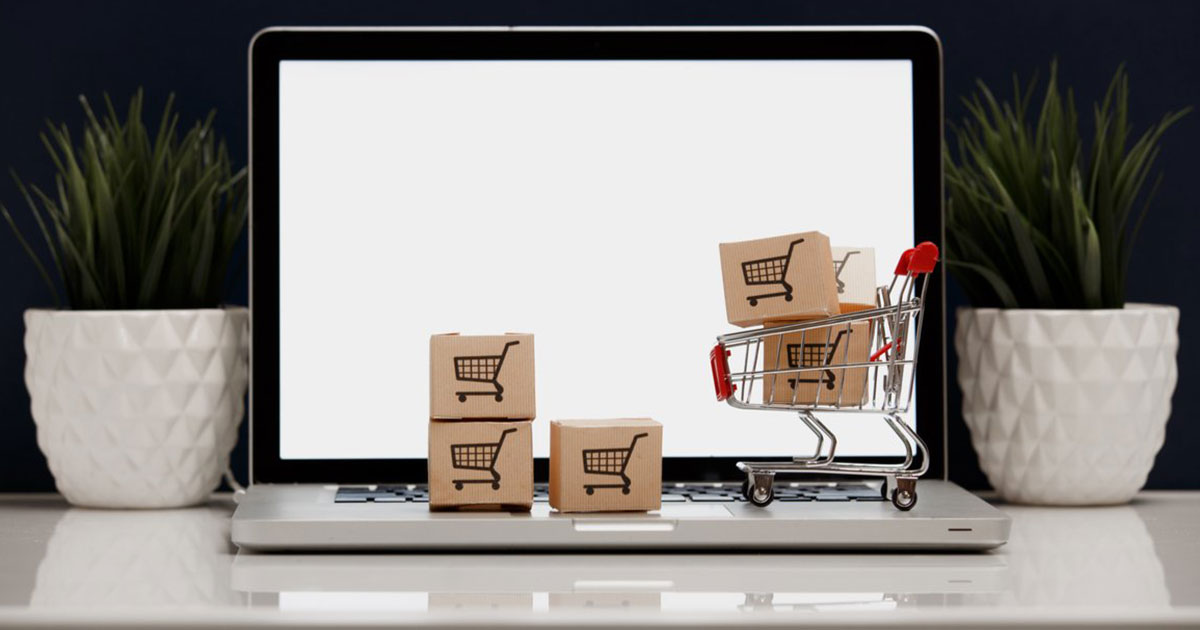As a Direct-to-Consumer (D2C) brand manager, you’re probably pretty familiar with running promotions on your website. What you may not be doing is directing those promotions to your brand’s Amazon site.
More D2C brands than ever are carrying their promotions over to Amazon and seeing lots of success doing it. While it may be tempting to stick to promotions on your D2C site alone, and while you may have questions about how effective Amazon promotions can be when the site takes a chunk of the pie, there are big advantages to holding multi-channel promotions.
Why promote on Amazon?
According to Newel Cobb, a Senior Brand Manager and market expert at Pattern, over 50% of product searches today start on Amazon. That means that when customers are looking for products similar to the ones you sell, they’re overwhelmingly going to Amazon to look for them, not Google searching your company.
If you’re not considering promotions on Amazon, “you’re not prioritizing where most of your business is probably happening,” says Cobb.
Attractive promotions also help reputable brands claim the top search result spots on Amazon, because the site prioritizes brands moving the most units. While Amazon does take a 15% commission on products sold on their site, running a D2C promotion on Amazon that gives you high enough margins could boost your brand’s exposure and therefore its revenue substantially.
“Because you’re ranked higher, in many cases, it can end up being better for your overall bottom line, assuming that you’re profitable on both sides,” Cobb says.
How do you run a successful D2C promotion on Amazon?
1. Make sure your content/reviews on Amazon match those on your D2C.
One of the most important things you want to do as a brand directing a promotion to Amazon is make sure there’s good content and review parity between your D2C site and your Amazon site.
According to Cobb, customers are likely to compare your company to your Amazon page. Your images and copy, therefore, should be just as sharp on Amazon as they are on your website, otherwise potential customers browsing Amazon will be less likely to trust your brand.
“You don’t want Amazon to look crappy when your page looks good,” Cobb says.
This holds true for your reviews as well. If your website has good reviews but your Amazon site doesn’t, customers will take notice. Cobb recommends getting your items into early reviewer programs so that you retain parity between both sites.
2. Price things the same on Amazon and your D2C.
“If the product’s either cheaper on Amazon or cheaper on your website, it can cause problems,” Cobb said. “If it’s cheaper on Amazon, what’s going to happen is customers aren’t going to trust your website because it’s got higher prices.”
Cobb adds that if you have a lower price on your website than you do on Amazon, Amazon will actually suppress your item as well so it’s harder to sell it on their site. This adds extra steps for customers and hurts your conversion, so you’ll want to make sure prices are the same. Here’s how you can prevent price erosion.
3. Link your D2C products to Amazon.
Cobb recommends linking almost all of your D2C products to Amazon and making customers aware that they can purchase items from either place. This puts brands higher in Amazon’s rankings and therefore attracts high amounts of traffic that can boost your sales.
While linking is an extra step for customers that can hurt your conversion rate—which is something you’ll definitely want to consider as a merchant—it can also help your site go up in Google rankings.
“By linking your page to Amazon, which is considered a very reputable Internet source, you’re actually improving your Google SEO. You can actually have your D2C page go up on Google,” Cobb says.
4. Always direct D2C promotions to Amazon. If you can’t do it all of the time, do it right before big shopping holidays.
Merchants should run their D2C promotions on Amazon every time they hold them, Cobb says. If that’s not feasible, you should be running them six to eight weeks before major holiday events for your category and then leading up to those events. If you’re running a Black Friday promotion, for example, you’ll want to run it halfway through October and into November on Amazon.
There are hundreds of thousands of companies advertising around sales holidays every year. That means if you’re not paying for extensive advertising and providing discounts that can move units, you’re going to end up lower in the rankings.
Cobb says that companies should try to improve their sales rankings before a holiday or promotion happens.
“We’ve found it to be enormously successful,” he says. “Leading up to major holidays end up moving higher on the page without having to pay a ton of extra money to get there.”
Ultimately, Cobb says, merchants should do the math and consider their goals to effectively run a D2C promotion on Amazon.
Have more questions about selling on Amazon? Contact us at Pattern at (888) 881-7576 or reach out at hello@patternbackup.com.



